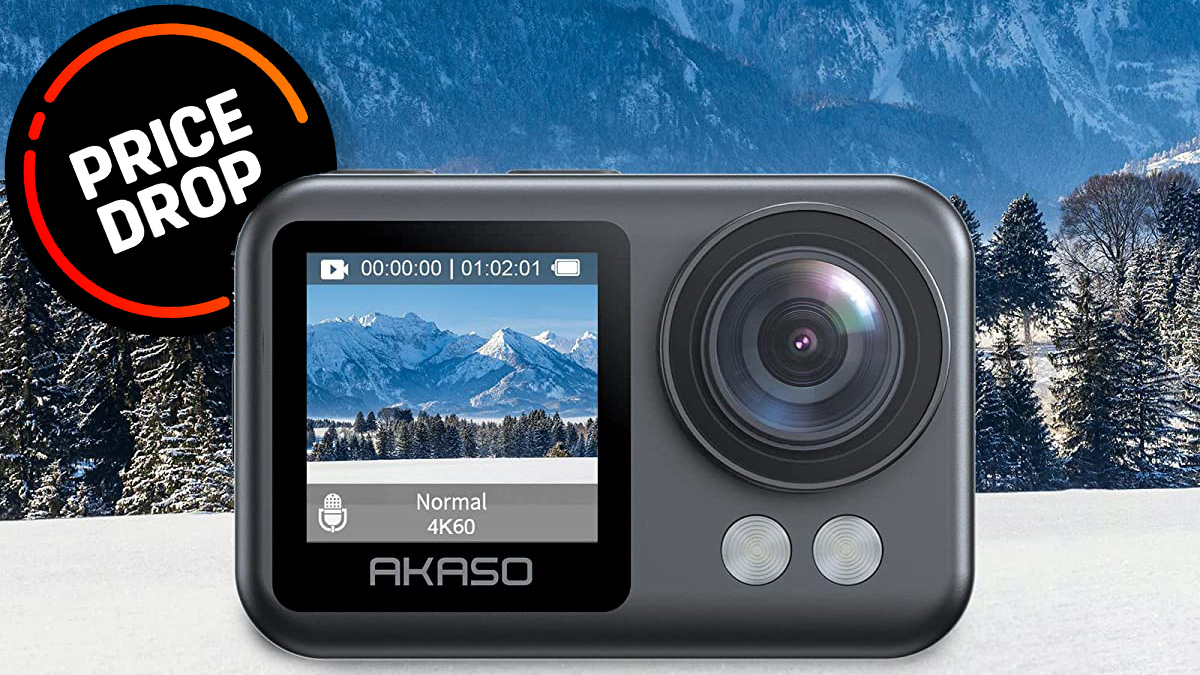Find a 'new Instagram' – 5 alternative photo sharing platforms
Alternative social media platforms that optimize photo sharing

For many photographers, social media is a love-hate relationship. On the one hand, posting can be time-consuming, and it can be confusing to know what to post on the apps because of constantly-changing algorithms. Of course, social media is also a fantastic promotional tool for photographers, and some professionals cite it as the kickstarter of their careers.
It’s no secret that the photo-sharing app, Instagram, has changed, becoming more like video platforms such as TikTok or BeReal. With its algorithm now biased towards reels, it is clear Instagram is no longer a photography app.
When we share our images, we don't want to lose control over visibility. We want to reach potential clients, build a network and community – and explore inspiring photography.
However, Instagram is anything but inspiring at the moment – the same content appears again and again, there is competition for likes and followers and the web platform is rudimentary at best. It also only allows low-resolution uploads and restricts the format. As photographers, these are negatives we shouldn’t have to accept.
So, let’s look for some alternatives where the sharing experience, image quality, visibility and reach are all optimized.

1. Vero
With a phone and web app, Vero has established itself in the photo industry and beyond. There are no algorithms to control the visibility of your work, nor are there any resolution or ratio restrictions to compromise the visual experience of your photos.
Perhaps the biggest advantage of Vero is that you can add hyperlinks to your captions, directing other professionals and creatives to further content on websites, shops and more. Through this ad-free platform, you can not only reach photographers but also creatives all over the world.
Get the Digital Camera World Newsletter
The best camera deals, reviews, product advice, and unmissable photography news, direct to your inbox!
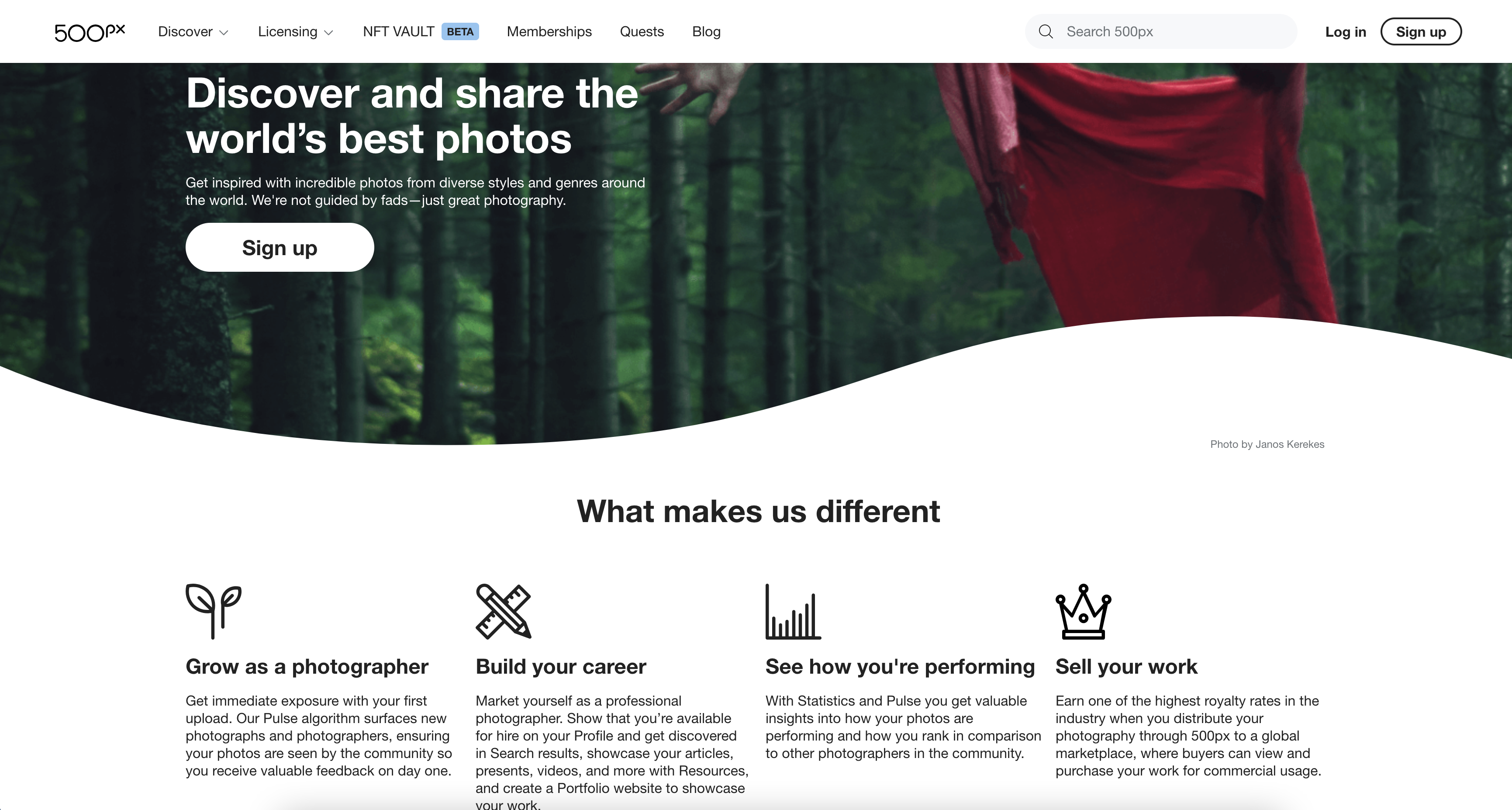
2. 500px
500px has been around for years – although it's dipped in popularity since the rise of Instagram. With a desktop site and mobile app, 500px is clean and well-designed. You can reach people without needing thousands of followers, and it's recently added an NFT vault (more on NFTs for photography here).
Its unique discovery system means you can search through categories and customized filters. You can also tag high-resolution photos with information about the technical equipment and settings. One great feature is the ability to search for work based on specific equipment. With 500px, you can share, network, and educate too.
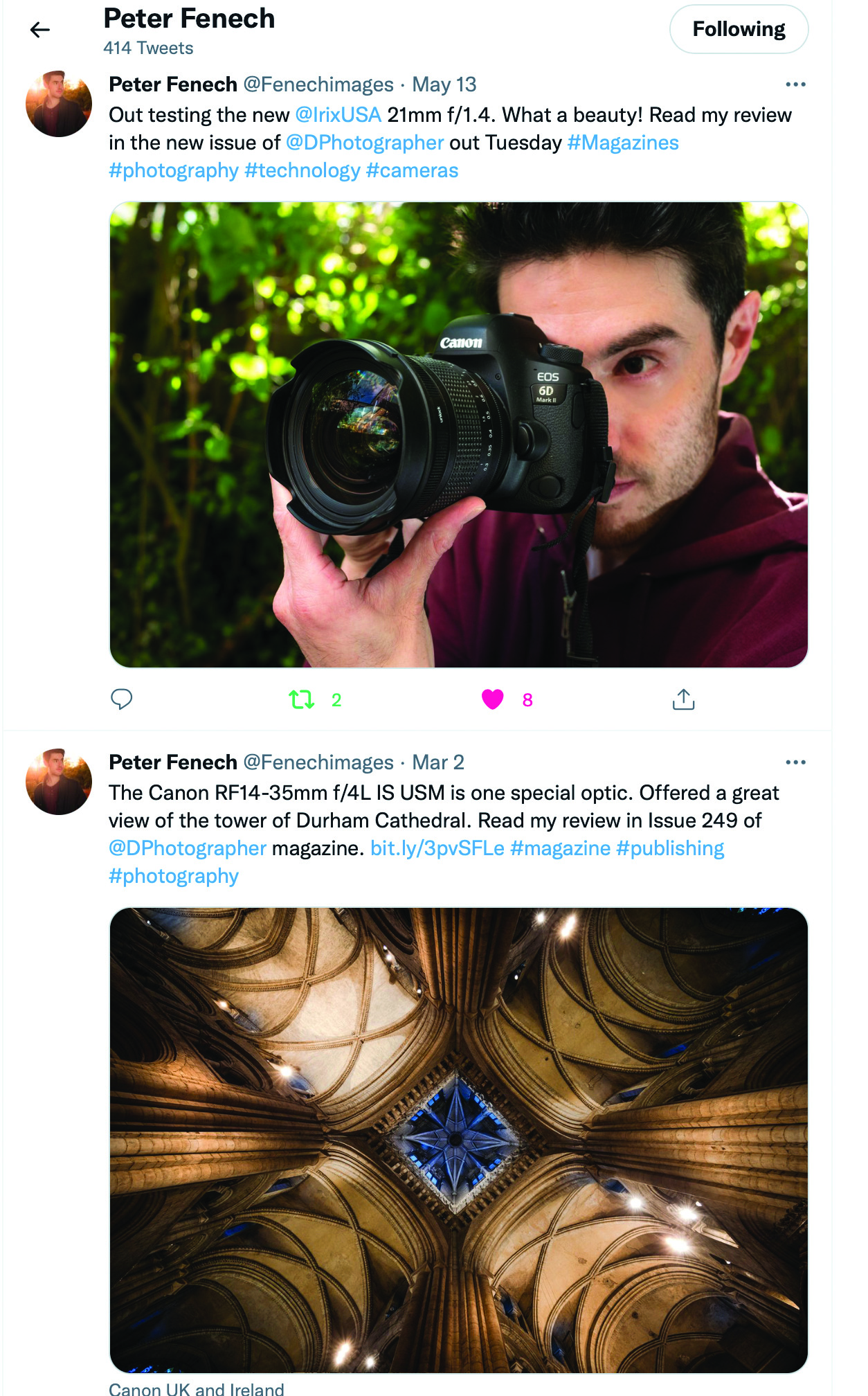
3. Twitter
More and more photographers are using Twitter to share their work. Though not aimed at photographers, the excellent hashtag system makes discovering images easy. There are no restrictions on the resolution and you don’t need to crop photos – you can even share multiple images at once. The platform is ideal for communicating and connecting with professionals and means you can reach millions of potential customers if you are selling your images.
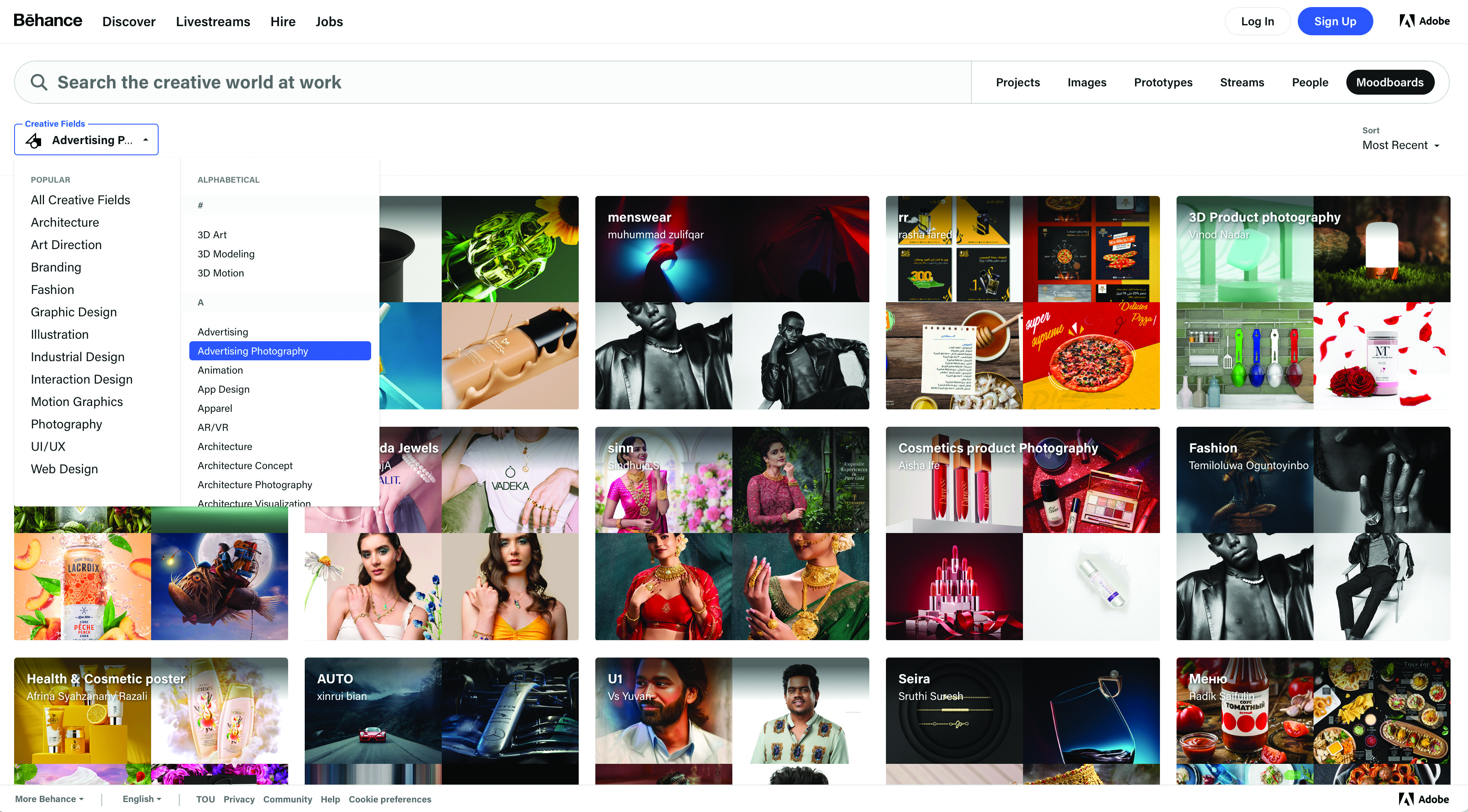
4. Behance
Adobe’s portfolio platform is an especially interesting prospect for freelance photographers, as a place to exchange ideas and get in touch with professionals and companies offering work. Post your own images and see how often your work is viewed and liked or create a portfolio, adding your work experience, publications you have worked for and client lists to offer insight into your skills. Potential clients can search for candidates or even publish job opportunities. You can add community photos to mood boards and view a range of tutorials via livestreams.
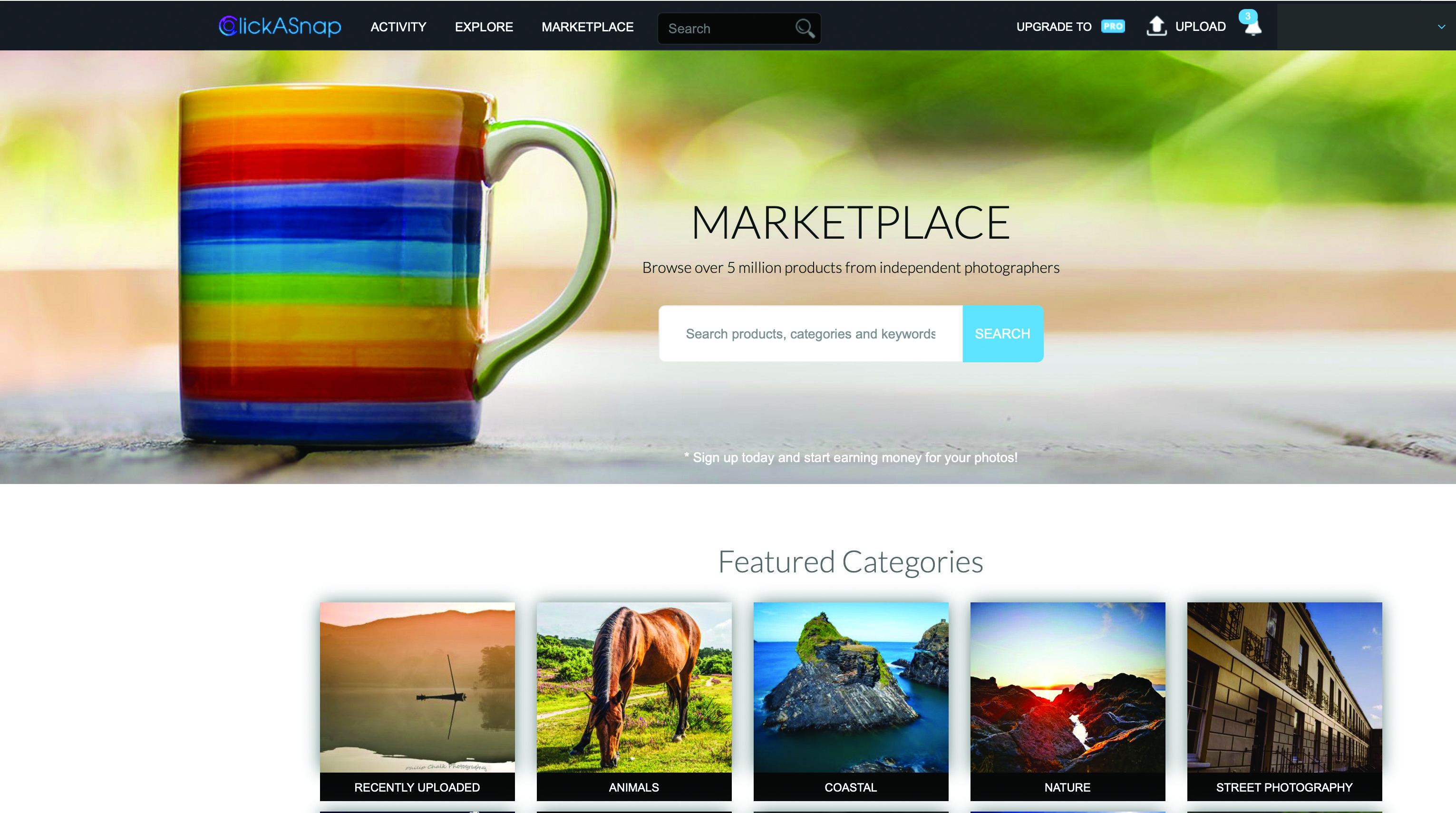
5. ClickASnap
Calling itself the only photo platform on the internet where you get paid for posting photos, ClickASnap enters the market with an innovative USP. The concept is that you get paid per photo viewed without losing your rights to your images. It sounds like a great idea but, inevitably, there are a few strings attached – you need a subscription to receive money for your photos, for instance. Nevertheless, the platform is ideal for sharing with a view to selling. You can even set up seller accounts and offer digital downloads and prints.
Instagram won’t disappear overnight (nor do we want it to) but it is increasingly difficult to effectively share images on a platform dominated by video content and TikTok-type reels. So why not look for an alternative platform that makes your photos discoverable by other communities? With low-res images and no chronological feed on Instagram, you don’t have much to lose by trying out a new social media platform (except maybe some time)...
As the Editor for Digital Photographer magazine, Peter is a specialist in camera tutorials and creative projects to help you get the most out of your camera, lens, tripod, filters, gimbal, lighting and other imaging equipment.
After cutting his teeth working in retail for camera specialists like Jessops, he has spent 11 years as a photography journalist and freelance writer – and he is a Getty Images-registered photographer, to boot.
No matter what you want to shoot, Peter can help you sharpen your skills and elevate your ability, whether it’s taking portraits, capturing landscapes, shooting architecture, creating macro and still life, photographing action… he can help you learn and improve.
- Lauren ScottFreelance contributor/former Managing Editor

